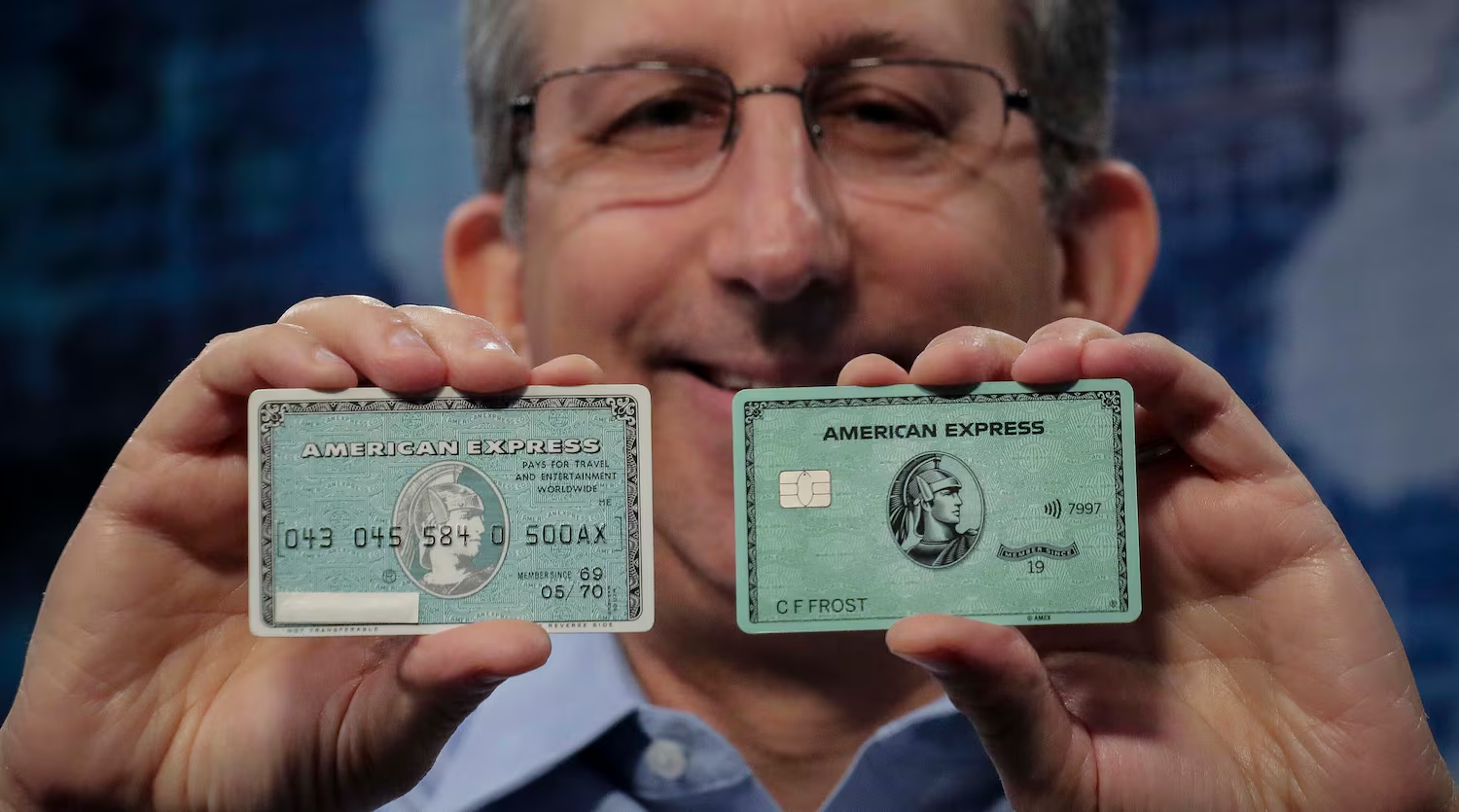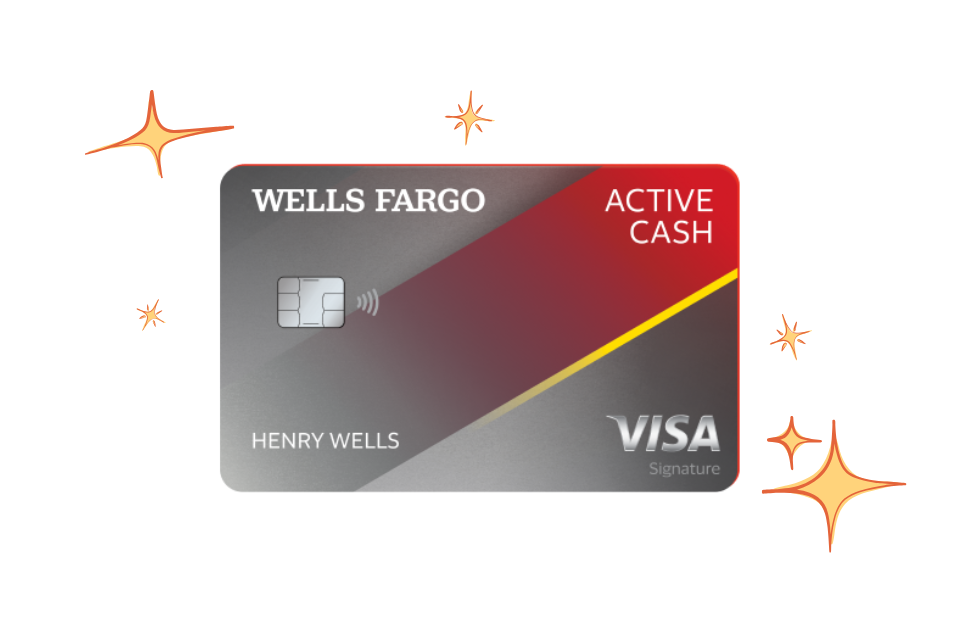Starting or running a business in the United States is a thrilling, demanding, and often financially intertwined endeavor. When you’re the driving force behind your income, the lines between personal money and business money can easily blur. You might dip into personal savings for a business expense, use business income to cover personal bills, or simply not have a clear picture of which money is which. While this might feel okay (or even necessary) in the early days, failing to clearly separate your personal and business finances is a recipe for confusion, legal headaches, and stunted growth for both your business and your personal wealth.
Effective financial planning for entrepreneurs requires wearing two hats – one for your business’s financial health and one for your own personal financial security. The critical first step in this balancing act is creating a clear, impermeable boundary between your business and personal funds. Let’s dive into why this separation is non-negotiable and other key financial planning considerations for US entrepreneurs.
Why Separation is King (Seriously, It Matters More Than You Think)
Commingling personal and business funds is one of the most common mistakes entrepreneurs make, and it has serious consequences:
- Accounting Chaos: Tracking income and expenses becomes a nightmare. It’s incredibly difficult to accurately see if your business is profitable when personal spending is mixed in. This makes budgeting and financial analysis nearly impossible.
- Tax Time Headaches: Trying to figure out which expenses are legitimate business write-offs from a jumbled personal account is time-consuming, frustrating, and increases the risk of errors or missing valuable deductions.
- Legal Vulnerability (Piercing the Corporate Veil): If your business is structured as a separate legal entity (LLC, Corporation), mixing funds can weaken that separation. In a lawsuit, a court might “pierce the corporate veil,” holding your personal assets liable for business debts. This defeats a primary purpose of setting up the entity.
- Difficulty Securing Financing: Banks want to see clear, organized business financials when you apply for business loans or credit. Mixed finances make your business look unprofessional and high-risk.
- Inability to Assess Business Health: You can’t truly understand your business’s performance, cash flow, and profitability if its finances aren’t distinct. This hinders strategic decision-making.
The Practical Steps to Separate Finances
Okay, you’re convinced separation is key. How do you actually do it?
- Open Separate Bank Accounts: This is the absolute foundational step. Get a dedicated business checking account and ideally a business savings account. All business income goes into these accounts, and all business expenses are paid from them. No exceptions.
- Get a Business Credit Card: As we discussed in the Credit Card section, a business credit card is a powerful tool. Use it only for business expenses. This keeps your business spending separate and helps build a business credit history.
- Formalize How You Pay Yourself: Decide on a method for taking money from your business for personal use. This might be a regular salary, owner’s draw, or distributions, depending on your business structure. Pay yourself from the business account to your personal checking account, just like an employee.
- Keep Meticulous Records: Track all business income and expenses diligently using accounting software (like QuickBooks, Xero, or FreshBooks) or a detailed spreadsheet. Categorize everything correctly.
Financial Planning When Income Isn’t Always Predictable
Entrepreneurs often face variable income, which adds a layer of complexity to financial planning.
- Create a “Salary” for Yourself: Even if your business income fluctuates, try to pay yourself a consistent “salary” amount from your business checking account to your personal checking account on a regular schedule (e.g., bi-weekly, monthly). This helps you budget your personal finances based on a predictable amount.
- Build Business Savings/Buffer: Maintain a healthy cash reserve in your business savings account to cover operating expenses during leaner months, unexpected business costs, and to smooth out your personal “salary” payments.
- Tax Planning (Beyond Personal): As an entrepreneur, you’re responsible for paying self-employment taxes (Social Security and Medicare for yourself) and estimated income taxes throughout the year. This requires setting aside money from your business income regularly for taxes. Work with a tax professional (CPA or Enrolled Agent) who understands small business taxes in the US.
Balancing Business Needs with Personal Financial Goals
Entrepreneurs often pour everything back into the business, but it’s vital not to neglect your personal financial future.
- Prioritize Personal Savings: Even while building your business, continue to fund your personal emergency fund (ideally 6+ months of living expenses). Your business might be unstable initially, so personal savings provide a crucial safety net.
- Save for Retirement: Don’t put off saving for your own retirement. Explore retirement options available to the self-employed, such as a Solo 401(k), SEP IRA, or SIMPLE IRA. These offer significant tax advantages and allow you to build personal wealth independently of your business’s immediate needs. Automate contributions from your business account to your retirement account if possible.
- Obtain Personal Insurance: Ensure you have adequate personal health insurance, life insurance (especially if others depend on your income), and disability insurance, as your business income might not be guaranteed.
Financial planning for US entrepreneurs is a delicate but essential balancing act. The absolute cornerstone is creating and maintaining a strict separation between your personal and business finances through dedicated accounts and careful tracking. Beyond that, it involves managing variable income, diligently planning for business and personal taxes, prioritizing personal savings and retirement contributions alongside business investments, and protecting both your business and personal life with appropriate insurance. By mastering this dual approach to financial planning, you set both yourself and your business up for greater clarity, security, and long-term success.









